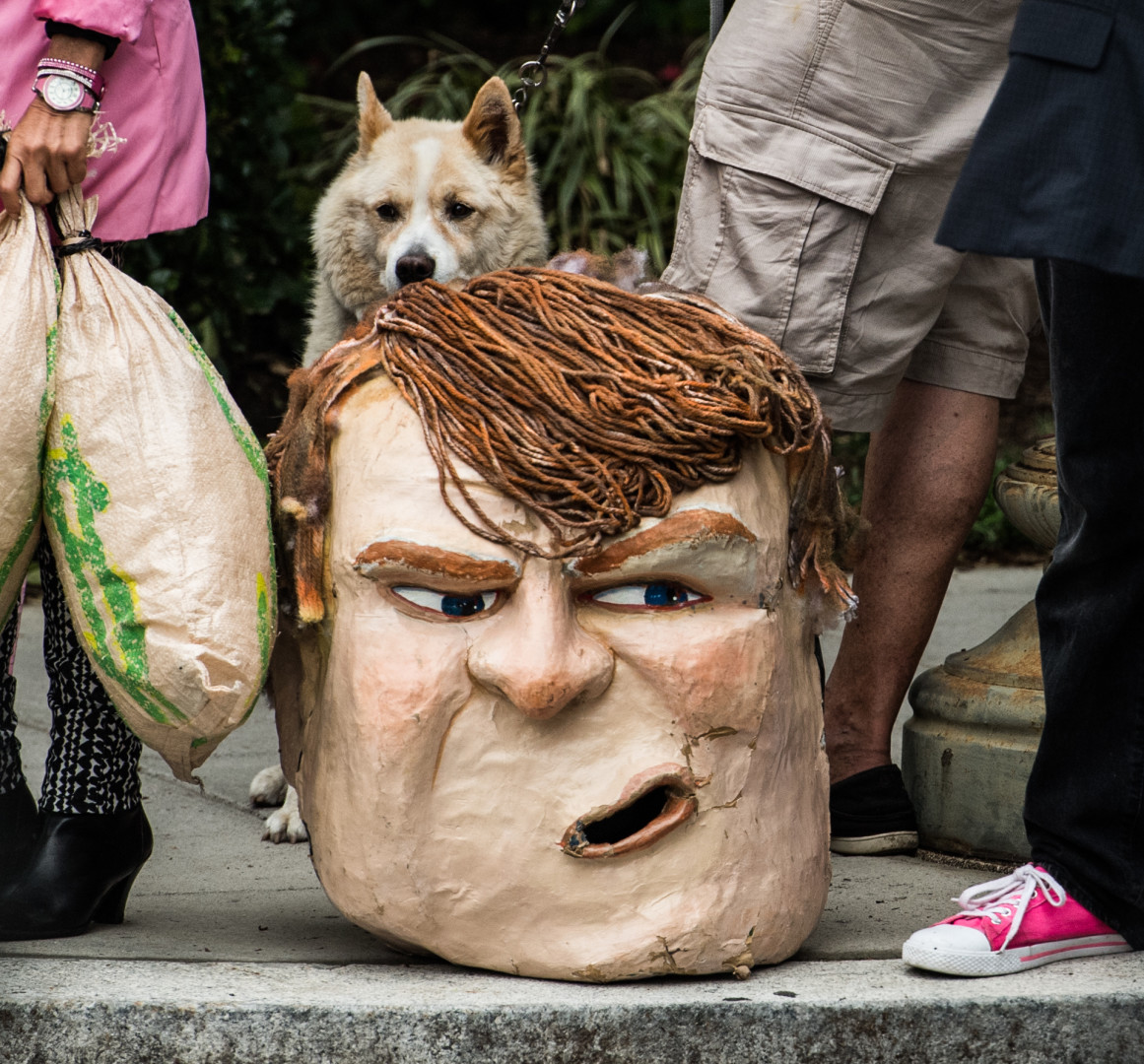The 2012 campaign between President Obama and former Massachusetts Gov. Mitt Romney devolved into the most negative presidential contest in modern American history. The 2016 race could make that battle look tame by comparison.
If the key to winning a presidential election once lie in appealing to the broadest swath of voters, America’s political parties have failed. The two likely nominees, Republican Donald Trump and Democrat Hillary Clinton, will begin a general-election campaign later this summer with lower popularity ratings than any presidential candidate in the modern political era.
And while voters maintain they don’t like seeing negative advertising, both Democrats and Republicans have signaled that the tone of the general election battle is likely to spiral into a morass of attacks that will use fear to motivate voters who are unenthusiastic about either candidate. Campaigning to persuade undecideds is out; campaigning to motivate the partisan base is in.
New polls released over the weekend show the depths of both Clinton and Trump’s negative images. A Washington Post/ABC News survey shows just 41 percent of registered voters see Clinton favorably; only 40 percent say the same about Trump. Fifty-seven percent see both Clinton and Trump unfavorably. An NBC/Wall Street Journal survey shows 54 percent have a negative opinion of Clinton, and 58 percent have a negative opinion of Trump.
The Washington Post/ABC survey showed most voters support their candidate of choice mainly because they oppose the other candidate. Among Clinton supporters, 48 percent say they mostly back Clinton, while an equal number say they mostly oppose Trump; 53 percent of those who back Trump say they are doing so mostly to oppose Clinton.
Even without such negative images, both Trump and Clinton would likely turn against each other with increasing levels of ferocity. Recent national elections have shown more voters sticking with one party or the other, and — more importantly — a decline in the percentage of voters who swing, or float, between the two sides. A study by Michigan State University political scientist Corwin Smidt released last year shows the percentage of those floating voters shrinking from a high of 15 percent in the 1970s to about 5 percent today.
The lack of persuadable voters in recent election cycles has put a premium on mobilizing every possible partisan voter. And with such a paucity of public support for either Clinton or Trump, those partisans are most likely to be motivated by fear, rather than hope or optimism. The logical step for either campaign, then, is to drive up negative impressions of the rival.
Those incentives were on display in 2012, when Obama and Romney ran the most negative presidential race in modern history. According to figures maintained by the Wesleyan Media Project, just 6 percent of the $239 million in advertising paid for by the Obama campaign were positive spots; 73 percent targeted Romney. The Romney campaign used 12 percent of the $92 million it spent on television ads to impart a positive message; 51 percent contrasted Romney’s record and views with Obama’s, and 36 percent were purely negative.
The tone of the primary campaign in 2016 has been largely positive so far, as candidates pitched themselves to their own partisans. Wesleyan’s tally through the beginning of May shows nearly all of Clinton’s ads and 71 percent of Trump’s ads have been positive. But as the two front-runners turn their attentions toward each other, those numbers will fall.
“I’m going to keep focused on Donald Trump,” Clinton said in an interview Sunday on Meet The Press. “[L]ook what he’s done this past week. You know, attacking our closest ally, England. Heaping praise on a dangerous dictator in North Korea. Reiterating his call to pull out of NATO, our strong military alliance. Talking about letting other countries have nuclear weapons. Advocating a return to torture, and even murdering the families of suspected terrorists. That is beyond the pale. And it poses immediate dangers.”
Trump has said he will challenge Clinton on everything from her handling of the attack on a diplomatic consulate in Benghazi, Libya, to scandals both personal and financial during Bill Clinton’s tenure in the White House. A master of catchy nicknames, Trump has dubbed his opponent “Crooked Hillary.”
Beyond the campaigns themselves, outside groups have contributed to the sharply negative tone of the 2016 contest today. About a third of spending so far by outside groups have gone toward negative advertising, much of it coming from groups that backed former Republican presidential candidates such as Texas Sen. Ted Cruz and former Florida Gov. Jeb Bush; those advertisements largely targeted Trump himself.
Already, the main super PAC backing Clinton has released its first general election ad targeting Trump; to date, Priorities USA has reserved $96 million in key battleground states to undermine Trump’s image further.

